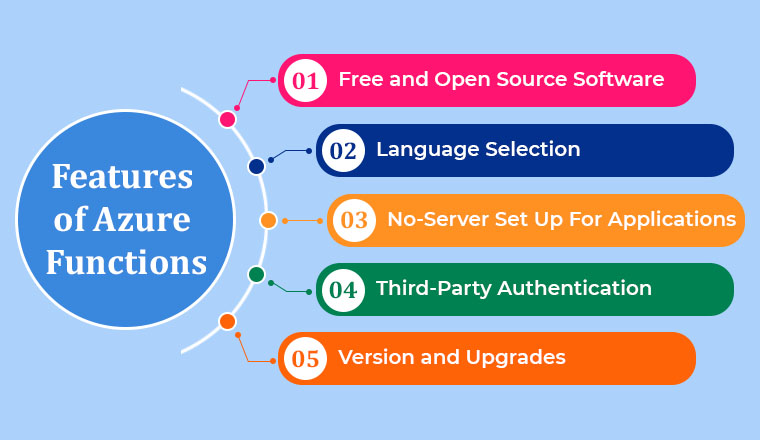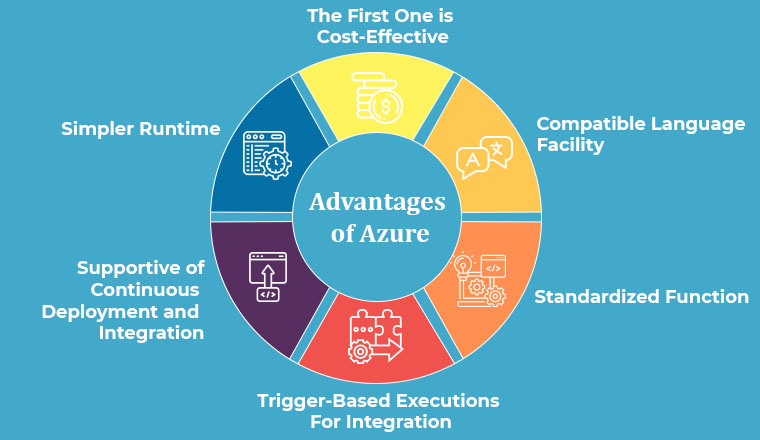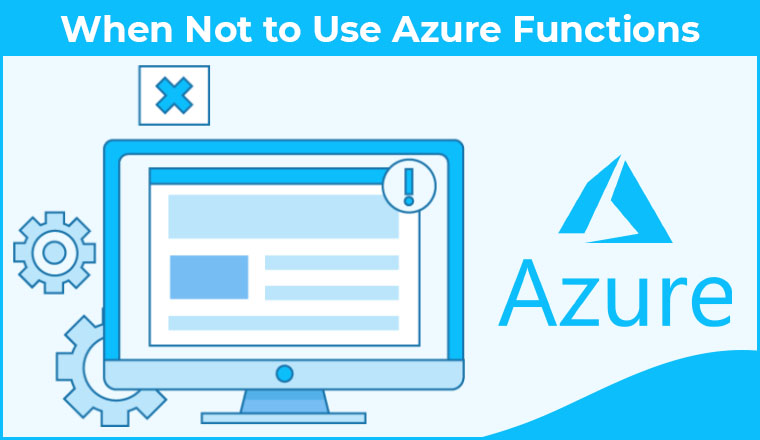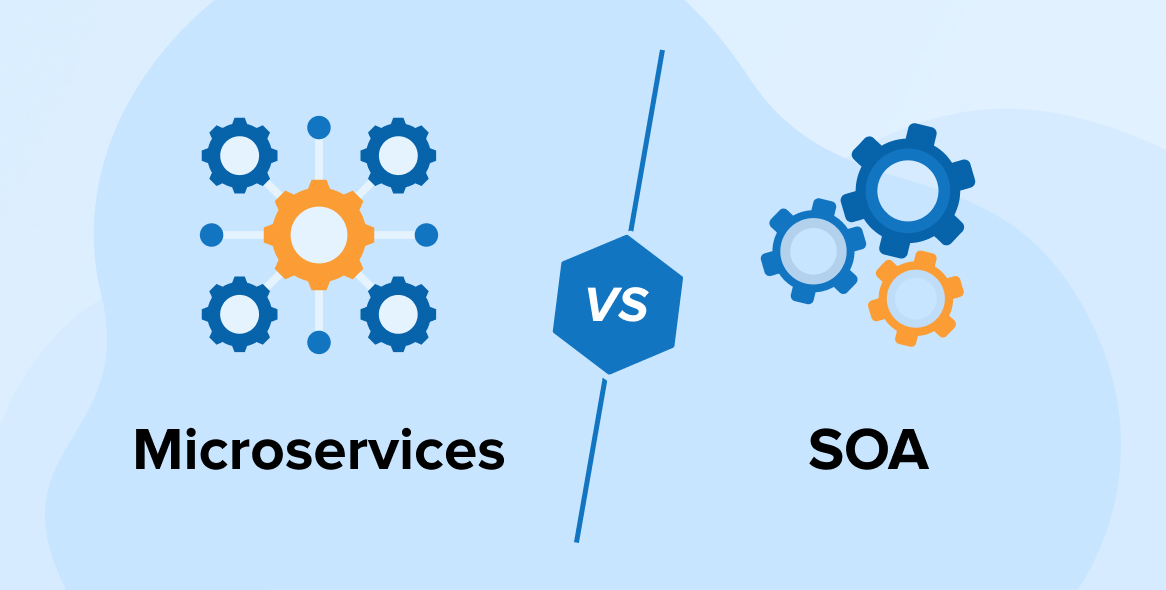
Everyone knows that data is unprecedented. It’s growing on a no-scale and notion. In the past data has helped businesses find out the best within them. Also, if we look from a futuristic perspective there have always been good points that enable businesses to extract information from data. Accessing data is extremely important and so we see the availability of data functions. Cloud is one of the options for businesses to access data from anywhere with lesser storage hassle. Azure functions are one way of managing data from distant sources.
Azure Functions are an on-demand cloud solution that provides all of the constantly updated cloud infrastructure and resources required to run your apps.
Developers are using Azure Functions to take action by connecting to data sources making it simple to process and respond to events. These functions allow developers to create HTTP-based API endpoints that can be accessed by a variety of apps, mobile devices, and IoT devices. You only pay for the resources you use with functions because it is scale-based and on-demand. To give you a deeper insight about this when the demand for code execution increases, the necessary resources are automatically allocated by a cloud provider so that you don’t need to worry about the deployment and maintenance of the servers, and when the request falls all resources and application instances drops automatically.
Azure functions work only when you will have an Azure Storage account and an active Azure subscription. Some of the common azure functions are sending emails, starting the backup, task scheduling, database cleanup, and others.
There is so much that Azure functions can offer through its cutting-edge features. So, if you want to consider them, you must know and understand how this functions. Let us go through the features one by one
1. Features of Azure Functions

Azure function is serverless architecture which means you won’t have to worry about infrastructure or server provisioning. When you need to scale up your application, this is quite beneficial. Another essential feature is the ability to run your code right after you write it in the Functions editor. This speeds up the development process by allowing you to discover errors, see development, and run tests as you go. Some of the key features include
1.1 Free and Open Source Software
This means that the runtime routines are free and open-source, and you can find them on GitHub.
1.2 Language Selection
Different programming languages, such as JavaScript, C#, and F#, are supported by Azure Functions. Python, PHP, Bash, Batch, and PowerShell are among the scripting languages available. You can also upload and trigger pre-compiled code created using your favorite development tool. Moreover, you can execute these functions on any platform of your choice but with .NET code.
1.3 No-server Set Up For Applications
On Microsoft Azure, functions aid in the development of serverless apps. Using Azure functions you can build web APIs, perform serverless computation, respond to database changes, parse IoT feeds, manage message queues, and more. Everything can be performed by this single app. They can be connected to a variety of other on-premises or cloud-based applications, making it a serverless service that improves scalability and efficiency. You also don’t require any web servers for the same.
1.4 Third-Party Authentication
When using this tool, authentication is also straightforward, with third-party authentication, such as Facebook and Twitter, readily securing cloud function endpoints.
1.5 Version and Upgrades
If you’re selecting between Azure Functions and AWS Lambda, keep in mind that Lambda can be versioned, whereas Azure Functions don’t appear to be. Instead, you’d have to use a source code repository like GIT or another version control system that these functions supports.
Knowing and understanding the features of Azure cloud will help you decide whether to choose it or not. If you’re confused between Microsoft Azure and different cloud service providers, take a look at the benefits of Azure and decide accordingly:
2. When to Use Azure Functions
Many of you are curious to know where Azure functions work well. So, to our knowledge, the uses of Azure functions are for smaller apps with events that can work independently of other websites. Sending emails, beginning backups, order processing, job scheduling such as database cleanup, background backup tasks, sending notifications, messages, and IoT data processing, and running scheduled tasks are all frequent Azure functions.
The Azure Function is a serverless compute service with its own set of features. We cannot use Azure function abilities to replace a huge website or web applications that use web API. You can execute these functions when there are the following tasks.
- Business logic related tasks
- Scheduling of Tasks
- Notifications and Reminders
- Web API that isn’t too heavy
- Emailing in the background
- Performing backup activities in the background
Consumption strategy:
Microsoft Azure gives all resources when we run functions. We don’t have to worry about resource management. We only pay for the time spent doing our functions. The monthly free services are about a million requests and resource consumption of 400,000 GBs. All these aspects can be considered into account in this consumption plan pricing. Only paid consumption memberships are eligible for free handouts.
Plan for the App Service:
The Azure functions app works simply, you can easily manage the pricing of the app by selecting the payment cycle convenient for you as a business. If it is monthly payments, then pay monthly and use accordingly. The functions will run the same way as it was running in Azure App Services. You can use the same App Service plan for any application and run functions on it without incurring any additional costs.
3. Advantages of Azure

There are several benefits that Azure offers such as faster time to market, dynamic pricing models, Multi-lingual support, lower overhead cost, and many more. The following are some of the key benefits of consideration by developers
3.1 The First One is Cost-Effective
Azure Functions is available on a pay-as-you-go basis. The user only pays for what they use.
We can determine the cost of Azure services by the number of monthly executions. The description of pricing structure for Azure Functions is in the pricing Section page.
3.2 Compatible Language Facility
Azure Function supports a wide range of languages, including Java, C#, F#, Python, and others. For additional information on the languages supported by Azure functions. These functions may be readily linked with other Azure services such as Azure Service Bus, Event Hubs, Event Grids, Notification Hubs, and others.
3.3 Standardized Function
The Azure functions follow the standard industry measures and can easily communicate with other APIs, library functions, and databases. This enables them to be massively accessible to cloud-native applications.
3.4 Trigger-Based Executions For Integration
Azure Functions run based on the triggers that have been set up. Queue Triggers, Event Hub Triggers, HTTP Triggers, and other triggers are supported. It runs on demand because it is a trigger-based service. Integration gets simpler using these triggers.
3.5 Supportive of Continuous Deployment and Integration
Knowing the fact that Azure Functions is a serverless architecture, it still supports continuous deployment and integration because developers require it. To manage and enable this service, we can use GitHub, Microsoft Visual Studio Team Services, and other development tools like Xcode, Eclipse, and IntelliJ IDE to accomplish the results. Azure also offers integration with a number of Azure services like Azure event hub, azure event grid, Azure Cosmos DB, Azure notification hubs, and much more.
3.6 Simpler Runtime
Microsoft made functions have portability in runtime, making it easier to develop and deploy serverless apps on any public cloud or your own private network. You can verify that your serverless code will execute everywhere this way. You may compare different clouds and run the functions anywhere, including other clouds, the data center, and Azure, because the runtime is portable.
4. When Not to Use Azure Functions

Although we would see many businesses having this same question where they know when it comes to Azure, they know when to use Azure but are not sure when not to. This works well for everyday operations. Speaking of Azure Functions, it might not be well-suited for conducting computationally hard tasks because it is not able to manage constant CPU-heavy processes on the server. Thus, using facilities in the cloud can become prohibitively expensive.
This is because the cost will almost and certainly be a factor when a company decides how to effectively deploy Azure Functions. It is critical to carefully analyze what you intend to use it for and whether the convenience warrants the expense.
Also, when we look at Azure Functions, it may not be like it fits all your critical and untimely business needs. You cannot think that Azure will work well all the time, there can be delays in typical response and then the container starts to emit finished requests. It will then start to work on finishing new requests. At scale, you can visibly predict some minor delays that can mount up to valuable seconds perceived by internal IT teams and end-users. It affects the overall productivity and business. Hence in such a state, you must avoid using Azure.
5. Conclusion
With this entire blog, we think we have intended to show how Azure functions and what benefits it can bring to the table. When you use Azure, it will speed up and simplify the process of developing applications. This is quite a different process from standard application development because you need to do extensive IT infrastructure that is sometimes cumbersome, expensive, and delay in time. Cloud computing helped a little, but with serverless computing, the latest buzzword in the world of app development, there was a sea change in the way things progressed. But finally, we can consider Azure as an intelligent and cost-effective way to build, test and deploy- all at the same place in an on-demand environment.






Comments
Leave a message...